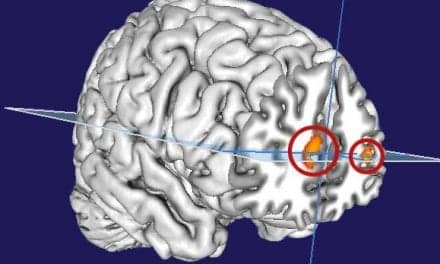By comparing the dreams of Western and non-Western populations, a new study shows that dreams can have a variable emotional function across cultures.
The study, led by the University of Geneva and the University of Toronto, compared the dreams of two forager communities, in Tanzania and the Democratic Republic of Congo, with those of individuals living in Europe and North America. It showed that the first two groups produced more threatening but also more cathartic and socially oriented dreams than the Western groups.
These results, published in Scientific Reports, show how strong are the links between the socio-cultural environment and the function of dreams.
Dreaming is a hallucinatory experience common to all human beings. It occurs most often during the paradoxical phase of sleep, known as the rapid eye movement phase. However, it can occur at any sleep stage. What are the physiological, emotional, or cultural functions of dreams? Does it regulate our emotions? Does it prepare us to deal with a specific situation?
Recent theories suggest that during a ‘‘functional’’ dream, the individual simulates more threatening and/or social situations, which would have an evolutionary advantage in promoting adapted behavior to real-life situations.
Dream Outcomes Differ Depending on Environment and Population Studied
To test these theories, the researchers compared the content of the dreams of the BaYaka in the Democratic Republic of Congo and the Hadza in Tanzania—two communities whose way of life is close to that of our hunter-gatherer ancestors—with that of different groups of individuals living in Europe and North America (Switzerland, Belgium, Canada), including healthy participants and patients with psychiatric disorders.
For the BaYaka and Hadza, dream narratives were collected over a two-month period in the field by anthropologists from the University of Toronto. The data on the dreams of the Western groups came from past studies, published between 2014 and 2022.
‘‘We discovered that the dreams of the BaYaka and Hadza are very dynamic. They often begin with a situation of danger, in which life is threatened, but end up staging a means of coping with this threat, unlike the scenarios in the Western groups we observed. On the other hand, in clinical populations, such as patients suffering from nightmares or social anxiety, the dreams are intense but do not contain a cathartic emotional resolution. In these latter groups, the adaptive function of dreaming seems to be deficient,’’ says Lampros Perogamvros, PhD, a privat-docent and group leader in the departments of psychiatry and basic neurosciences at the Univeristy of Geneva faculty of medicine and an attending physician at the HUG Center for Sleep Medicine, who led the study, in the release.
A Mirror of the Social Fabric
Among the responses available to indigenous people when faced with a threat in their dreams, the researchers found that those linked to social support were very frequent.
This is the case, for example, when an indigenous person reports a dream in which he is hit by a buffalo in the middle of the bush, only to be rescued by a member of his community. Or when another dreams that he falls into a well, and one of his friends helps him out. These dreams contain their own emotional resolution.
‘‘Among the BaYaka and Hadza, the social bonds they have are, by necessity, very strong. Compared to the more individualist societies in Europe and North America, day-to-day life and division of labor is typically more egalitarian. It appears this kind of social connection, and reliance on community means that the best way they process the emotional content associated with threat in their dreams, is by way of the social relationships they have. In effect these relationships are the emotional tools used to process life’s challenges,’’ says David Samson, PhD, associate professor of evolutionary anthropology at the University of Toronto, Mississauga, and first author of the study, in a release.
The research team therefore suggests that there is a close connection between the function of dreams and the societal norms and values of each specific society studied.
‘‘However, it is difficult to deduce any causal links between the dreams and daytime functioning in this study, nor should we conclude that dreams in groups of Western individuals have no emotional function,’’ Perogamvros adds in the release.
In fact, in 2019, the same research team published a study showing that ‘‘bad dreams’’ in Western individuals, ie dreams with negative content that are not nightmares, are often simulations of our fears that prepare us to face them once we are awake.
‘‘There seems to be more than one type of ‘functional’ dreams. The present study shows that there is a strong link between our socio-cultural life and the function of dreams,’’ concludes Perogamvros in the release.
Illustration 195519135 © Sinsquid | Dreamstime.com





